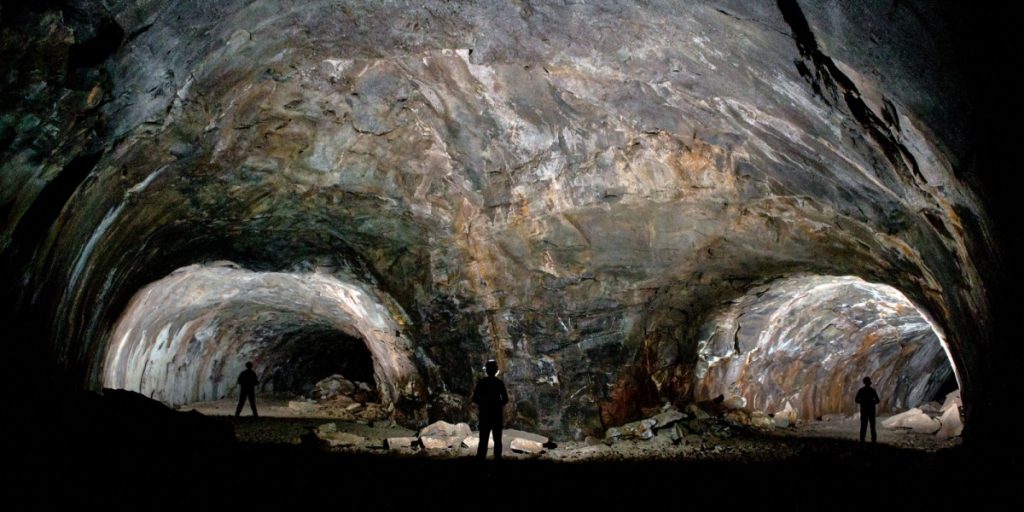Scientists have found what they believe to be the first evidence of human activity in a cave in Saudi Arabia.
Others are reading now
Scientists have discovered evidence of ancient human activity in a kilometer-long lava cave in Saudi Arabia, providing a rare glimpse into the lives of nomadic people from thousands of years ago.
This find in the Umm Jirsan cave on the Arabian Peninsula sheds light on how ancient humans used this unique environment for shelter and survival.
Ancient Activity in a Lava Cave
The Umm Jirsan cave, located in a region that researchers have only begun exploring in the past five years, is part of a larger system of caves on the Arabian Peninsula. The recent discovery of human-made objects and signs of human occupation in this cave suggests that ancient humans used these caves for refuge during their nomadic journeys between oases.
According to the study published in PLOS ONE, human activity in the cave dates back 7,000 to 10,000 years.
Also read
Mathew Stewart, a researcher at Griffith University’s Australian Research Centre for Human Evolution, explained: “Our findings in Umm Jirsan offer a rare glimpse into the life of ancient humans in Arabia. It reveals repeated phases of human occupation and sheds light on the pastoralist activities that dominated the area.”
Signs of Pastoralism and Human-Made Objects
The archaeological findings in the cave suggest that ancient humans engaged in pastoralism, the practice of breeding and raising cattle. The presence of fossil remains, rock art, and crafted stones with consistent chipping patterns supports this theory.
Researchers also observed clear human-made modifications in a large area near one of the cave entrances, indicating intentional changes to the cave’s structure.
The Umm Jirsan cave is formed from cooled lava, making it a unique and intriguing site for archaeological exploration.
The cave’s size is impressive, with a height ranging from 8 to 12 meters (26 to 39 feet) and a width of up to 45 meters (148 feet) in some places. It extends 1,481 meters (4,859 feet) into the earth, offering ample space for ancient humans to seek shelter and conduct their activities.
These findings contribute to our understanding of nomadic lifestyles and the development of pastoralist practices in ancient times.








